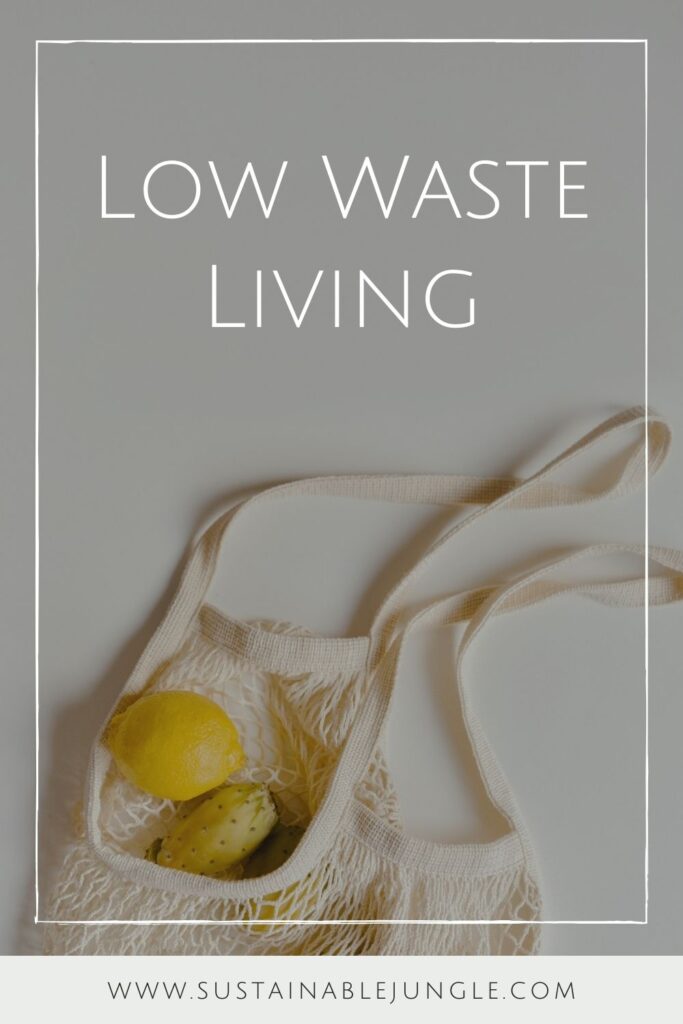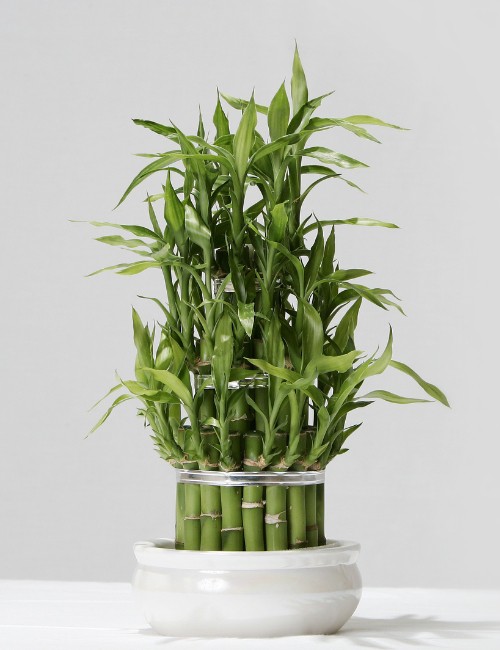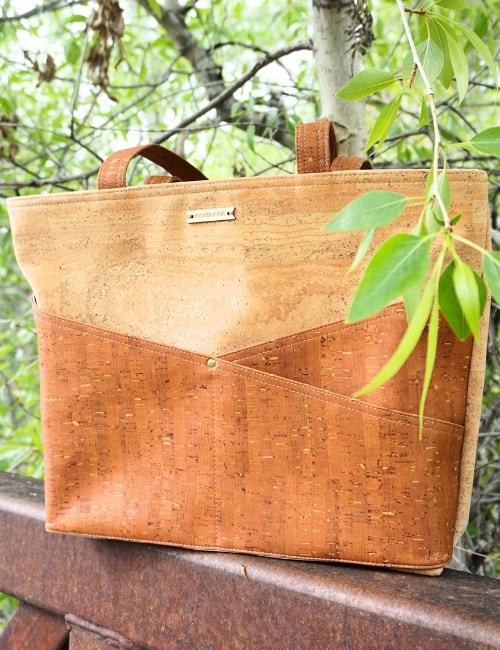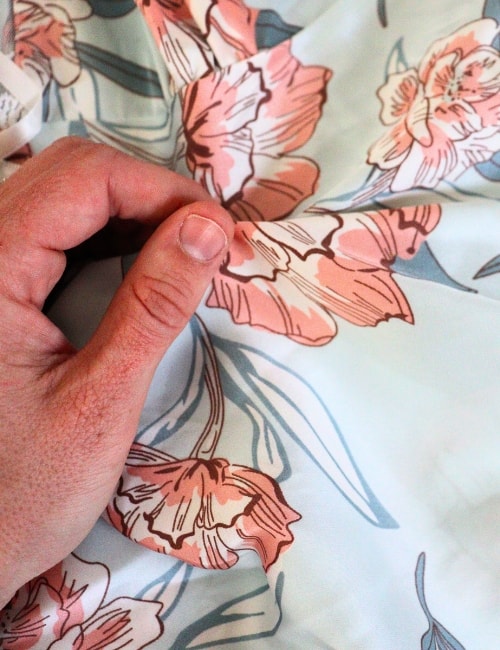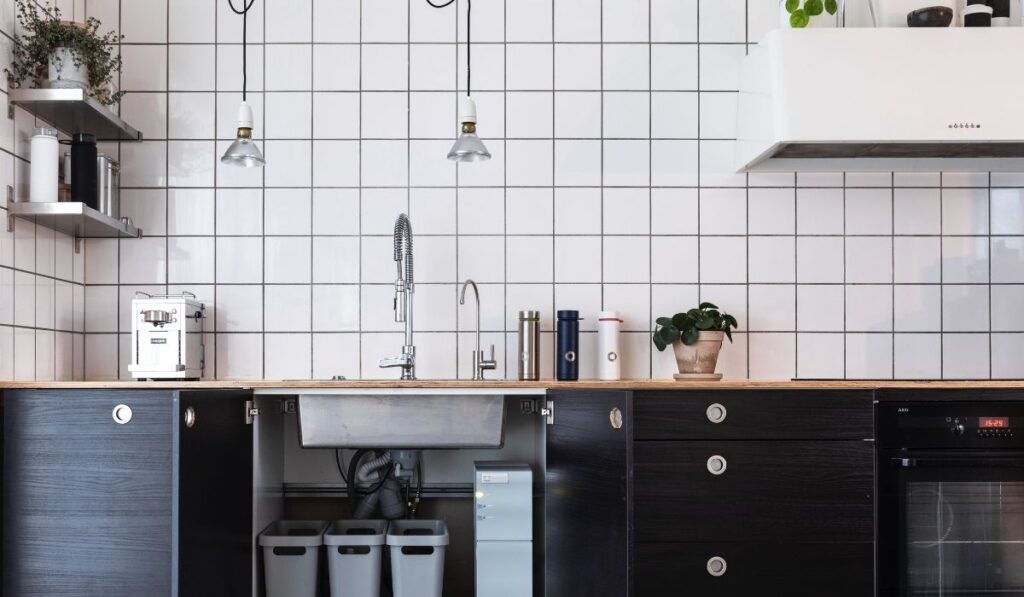
Low Waste Living: 11 Hacks To Simplify Sustainability
Let’s talk about low waste living.
No, this won’t require you to fit all of your trash into a single mason jar.
Nor will you have to restock every room in your house with zero waste products.
Instead, the low waste lifestyle embraces some of the practices of zero waste, while realizing that we’re all human and being truly zero waste is rarely, if ever, possible.
Luckily for us, the impossibility of zero waste can be remedied by the approachability of low waste.
THE HIERARCHY OF LESS WASTE
Many of us have become familiar with the five Rs of zero waste, and while the low waste approach recognizes another R (reality), we can still use the original five to help us produce less waste. They are:
- Refuse
- Reduce
- Reuse
- Recycle
- Rot
We can even add another R: repair.
Aside from the obvious repairs like darning your socks or replacing a missing button, the recent implementation of Europe’s “right to repair” laws means manufacturers of electronic goods will have to ensure that their products are repairable for seven to ten years.
This means that the culture of repair should hopefully become more accessible in the future.
While it might take some time to become mainstream, in the meantime, we can focus predominantly on the other five Rs.
How do we do this?
By adopting one (or more) low waste living hacks. But if you’re looking for even more ways to dial down your impact, check out our favorite zero waste tips.
Quicklinks Towards A Low Waste Lifestyle
LOW WASTE LIVING
1. ADOPT A MINIMALIST MINDSET
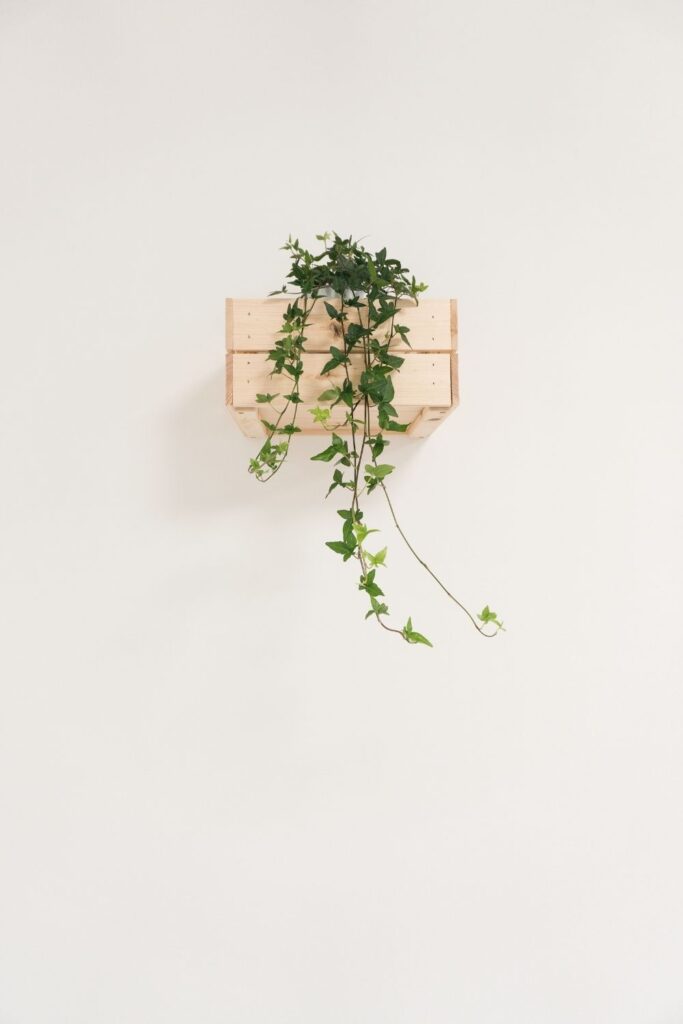
This is the bread and butter of a low waste society.
There are many sustainability books and zero waste books that highlight the why and how of minimalism, but essentially it comes down to this: only consume what you really, really, really need.
Instead of making impulse purchases, take a slower approach to your consumption. Wait a week, a month, or a year and if you still need something, find a way to source it sustainably.
You’ll end up with less stuff and your life will be richer for it.
2. RECYCLE PROPERLY IN YOUR AREA

In addition to aiming for low waste packaging, you can also up your recycling game.
This starts with realizing that you may be someone who practices wishcycling, or aspirational recycling – the mere hope that anything and everything can be recycled.
Improper recycling means that even more resources are required to transport non-recyclables to landfills (read: much worse than just trashing it in the first place).
It’s hard to be perfect, but being familiar with the 7 types of plastic is a good place to start becoming a pro-recycler.
The good news is that recycling contamination is increasingly being recognized as a big problem. The EPA, for example, has outlined how they plan to improve education and support in the U.S. as part of their National Recycling Strategy.
3. LEARN HOW TO COMPOST
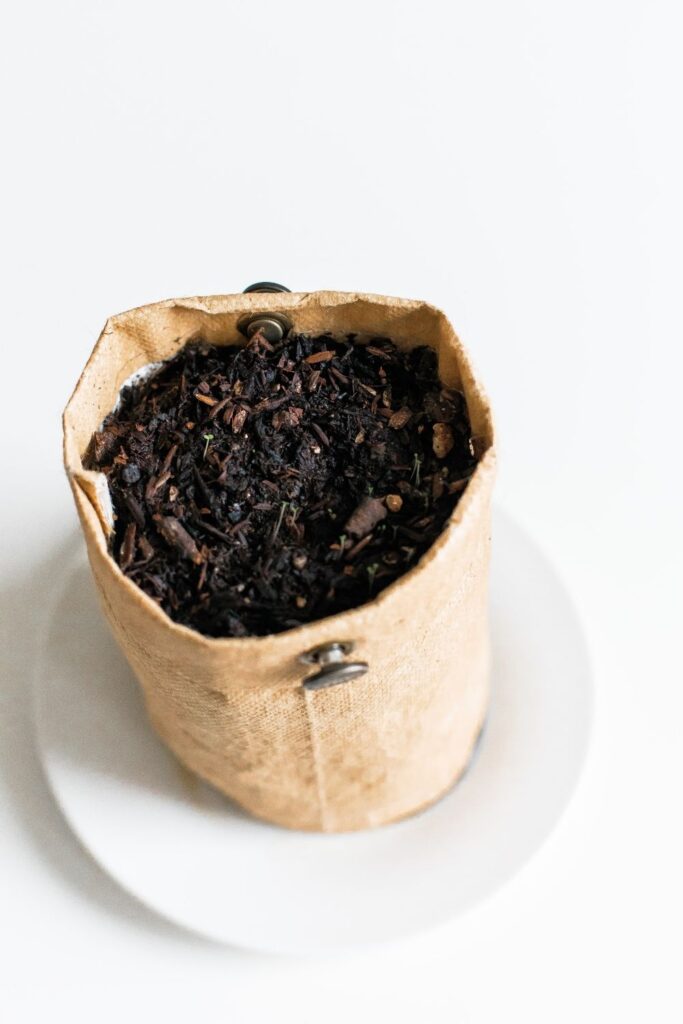
By reducing the amount of food waste that gets sent to the landfill (estimated by the EPA to be 21.6% of all solid waste), we’re not only reducing the load on ever-expanding landfills, but we’re also minimizing emissions of methane, a greenhouse gas that’s 25x more potent than CO2.
Fortunately, composting, even apartment composting, has the potential to reduce the environmental footprint of food waste while creating a valuable resource for your garden.
Start by learning about what you can compost, as well as what’s not compostable. Then, equip your kitchen with an indoor compost bin and get ready to see the benefits of composting for yourself.
4. MAKE SUPER SIMPLE LOW WASTE SWAPS

Low waste swaps don’t have to be complex or costly. If you’re dipping your toes into low waste living, consider these easy zero waste swaps:
- Reusable and eco-friendly water bottles
- Reusable shopping bags
- Reusable coffee cups
Other items in your zero waste kit might include a bamboo toothbrush, reusable utensils, and food storage containers (many of which can come in the form of upcycled glass food jars).
5. MAKE LOW WASTE CHANGES IN THE KITCHEN

How can we be low waste in the kitchen?
A low waste kitchen needs to be low waste in terms of both food and packaging.
With a little planning ahead and mindful shopping, you can ensure that everything you buy gets prepared and eaten without ending up in the trash.
Bulk cooking a recipe and then freezing portions for later, as well as eating some leftovers for lunch the next day, are some of the most effective ways of doing this.
Targeting packaging can start with those upcycled glass jars we just mentioned. But it can go much further by using a range of plastic free food storage containers and learning how to freeze meat without plastic.
You may also like to take a look at how often you’re relying on single servings and individually-wrapped snacks.
Choose some zero waste kitchen ideas to try out and if you’re keen to go one step further, learn how to preserve food at home.
6. SHOP AT LOW WASTE AND BULK STORES FOR GROCERIES
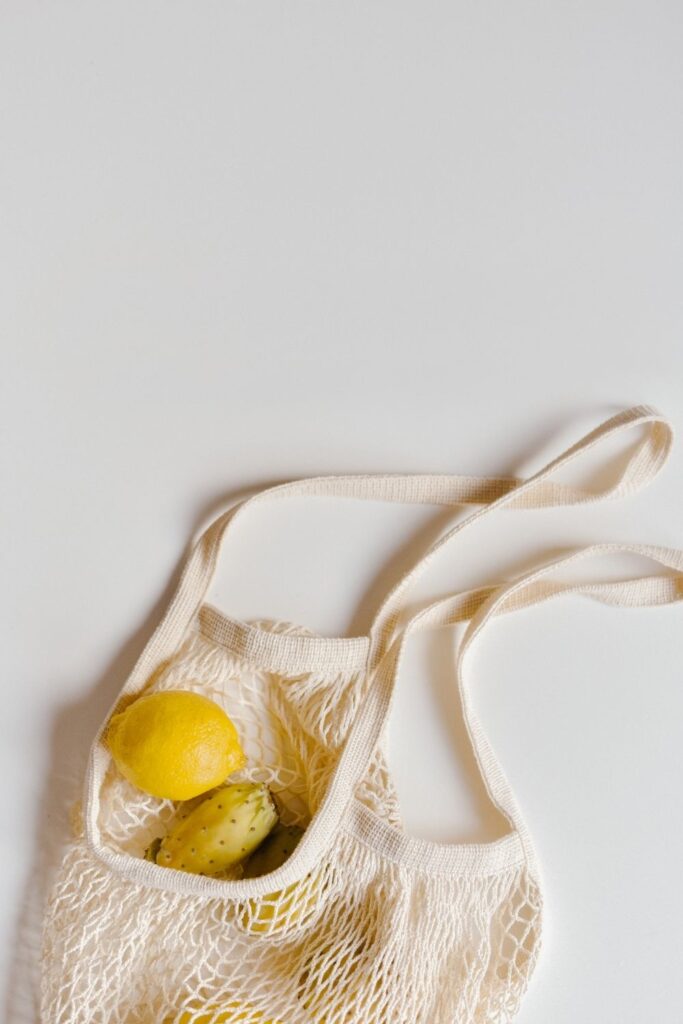
Low waste grocery shopping has become much easier in recent years.
More low waste and bulk stores have been popping up all around the globe, offering a range of beauty and body care products, food, kitchen and cleaning essentials.
If they haven’t made it to your part of the world yet, zero waste online shops and online bulk stores can help you get the products you love without all the packaging.
If that’s still not an option, consider buying as large a package as possible, or opt for easily recyclable/reusable packaging (like glass).
7. USE LOW WASTE BEAUTY PRODUCTS
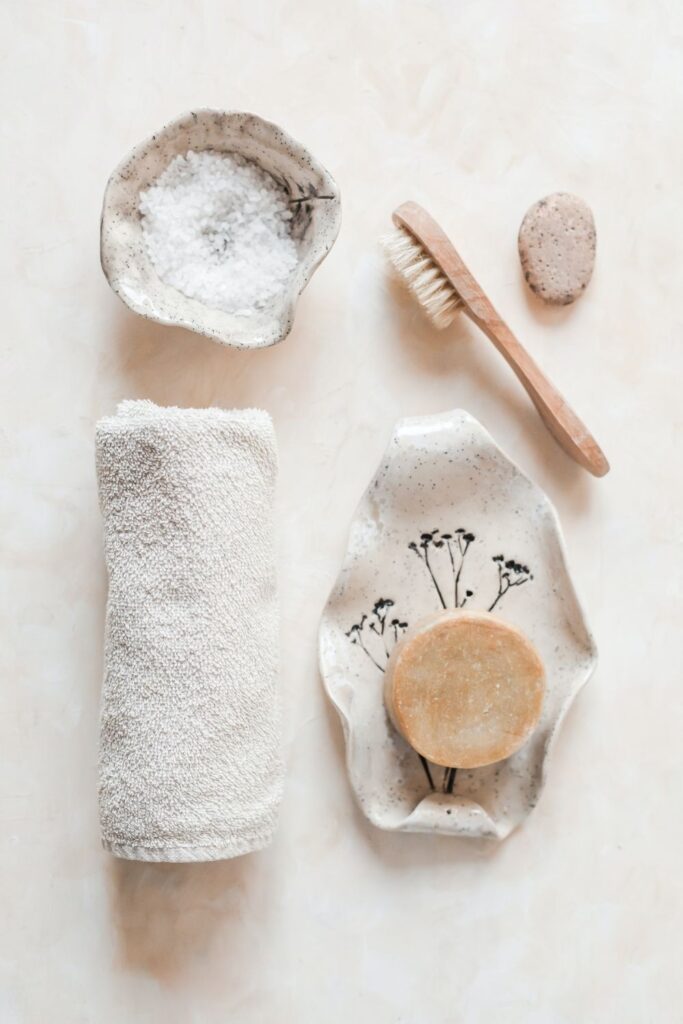
If you aren’t ready to try “no poo” or ditch deodorant, don’t worry, the low waste approach can still make use of some of your favorite beauty products.
However, when looking for low waste beauty products, be sure to choose options with packaging that can ideally be returned, composted, or at the very least recycled (plastic #1 and #2).
As a good rule of thumb, bars are better than bottles.
Be aware that many Material Recycling Facilities (MRFs) can’t accept most beauty product packaging as it’s small enough to get caught in machines or is made with mixed materials.
A Real Simple article highlighted many of the beauty products that aren’t recyclable:
- Shampoo and conditioner caps
- Hair gel tubes and caps
- Triggers for hair spray cans
- Lipstick and lip gloss cases and tubes
- Mascara and eyeshadow tubes and cases
- Bronzer, foundation, powder, and eyeshadow packaging
- Eyeliner and lip liner pencils
- Body wash caps
- Lotion dispensers and caps
- Soap dispensers and tubes
Fortunately, many zero waste makeup and sustainable beauty brands recognize this and use compostable or refillable packaging instead, making it easy to find things like low waste skincare, low waste toothpaste, low waste shampoo, and low waste deodorant.
8. OPT FOR LOW WASTE CLEANING PRODUCTS

Zero waste cleaning is much easier than you might think.
In fact, most of your kitchen and bathroom dirt and grime can be tackled with a few simple ingredients: white vinegar, baking soda and citrus peels for scent.
Old T-shirts make for excellent scrubbers, too.
If you don’t want to go the DIY route, there are several eco friendly cleaning products that make use of compostable packaging and refilling the norm, providing options for things like low waste dish soap, and low waste laundry detergent.
9. BECOME A LOW WASTE FASHIONISTA
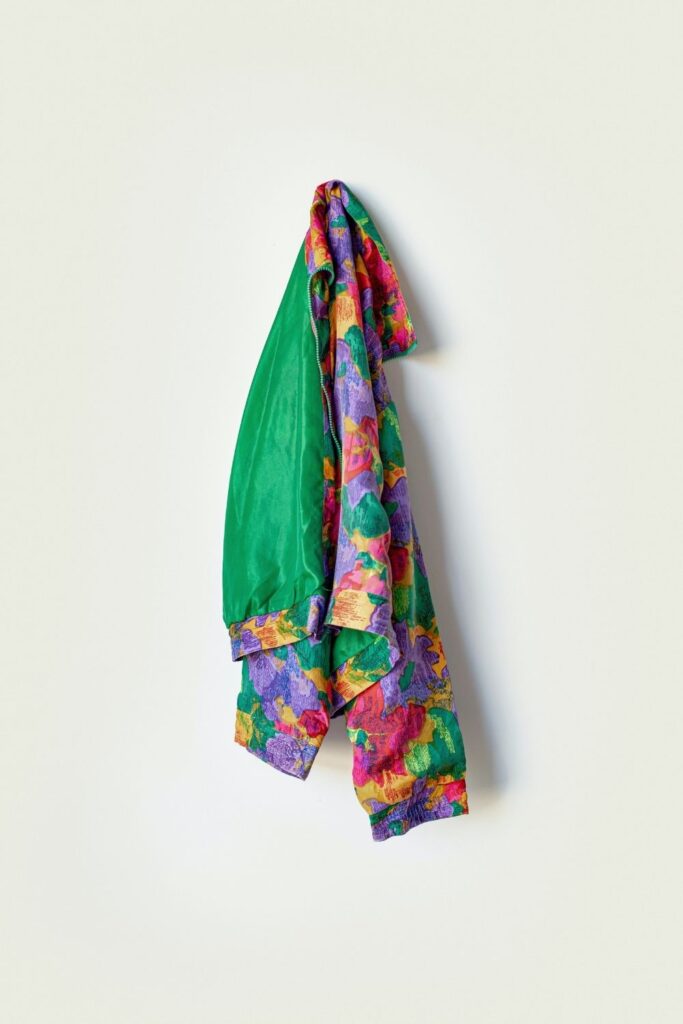
Low waste fashion entails taking a slow fashion approach to what’s in your wardrobe.
It means, as consumers, we should shift away from the industry’s urges to consume, consume, consume, and instead make what we currently wear last longer.
This means sourcing as much as we can secondhand, prioritizing durability, and using appropriate laundry practices and repairs to keep clothes in circulation for longer.
When new duds are necessary, a mindful approach to fashion can also mean supporting zero waste fashion brands who employ low waste practices.
Like using deadstock or fabric waste, small-scale production, and circular programs for recycling old garments.
10. LOOK FOR LOW WASTE TECH & ELECTRONICS
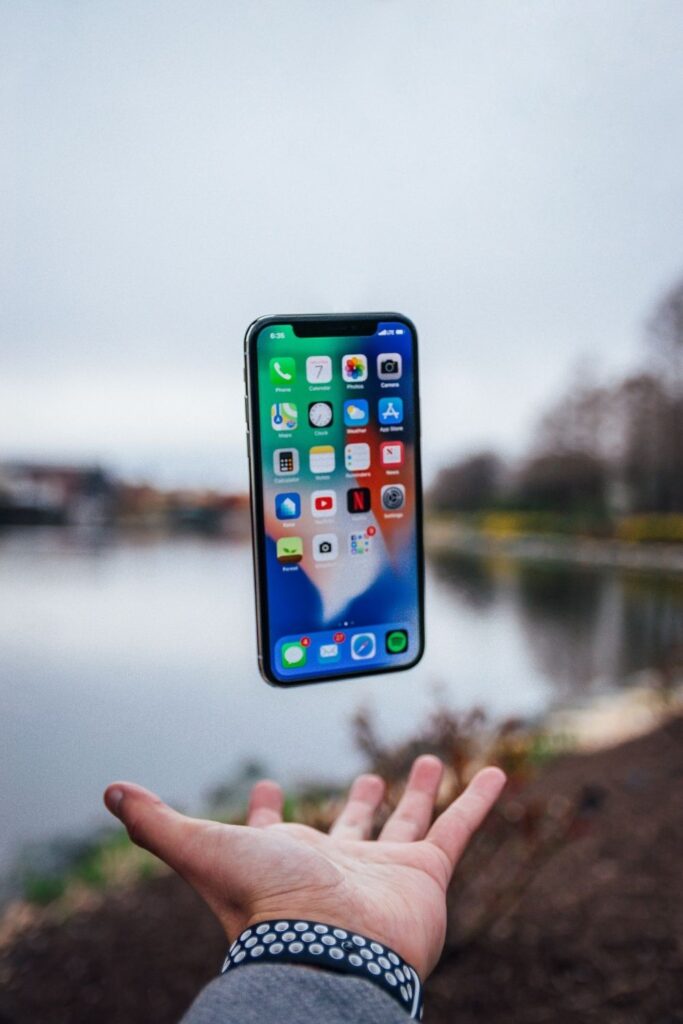
Between planned obsolescence and the constant release of “new and improved” models, the technology and electronics industry is notoriously wasteful.
As the fastest growing solid waste stream in the U.S., it is more important than ever that we use electronic devices for their full lifespan and choose secondhand or refurbished options when they really need replacing.
When it comes to low waste products that satisfy the needs of our tech-driven world, a small but growing number of ethical electronics brands have started using better quality materials that last longer.
Regardless, until our homes are filled with sustainable technology and low waste electronics, it is important to know how to dispose of electronics correctly.
Many communities have e-waste collection sites and often thrift stores will accept electronics to be resold or recycled.
Lastly, many electronics contain heavy metals that are toxic to the environment and to people handling them and need to be disposed of carefully.
Check the legislation for your region before disposing of any electronic devices.
11. OPT FOR LOW WASTE FURNITURE AND HOME DECOR
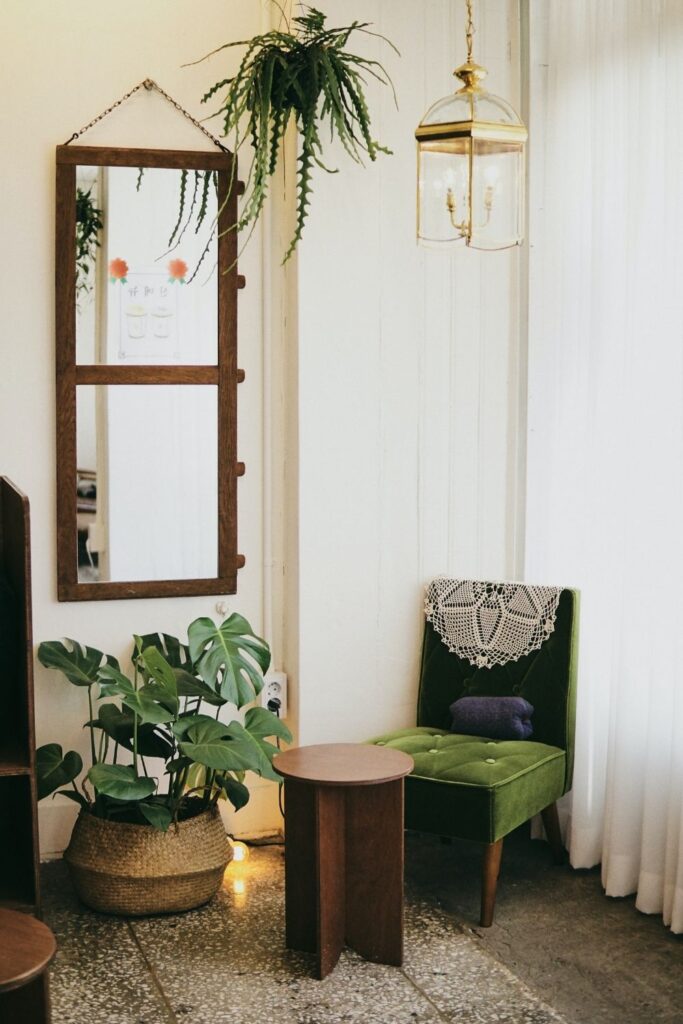
There’s no sweeping the issue of furniture waste under the rug. It’s a big problem, with Americans throwing away an average of 12 million tons of furniture every year, almost all of it ending up in landfills.
Less is more when it comes to a low waste home. This means showing some restraint when the interior designer in you wants to make constant changes. It also means repairing and updating old furniture instead of purchasing something new.
When you do need furniture or home decor pieces, secondhand options should be the first choice.
If second hand isn’t an option, look to sustainable furniture brands that, in some cases, use upcycled materials or have recycling programs available.
Similarly, vintage home decor and sustainable home decor brands can provide maximum style with minimum impact.
WHAT IS LOW WASTE LIVING?
With all the talk surrounding zero waste, it’s important to remember its kinder, less-demanding relative: low waste.
If we think of it as a spectrum, zero waste is intended to be, well… zero. Low waste is up to interpretation, making it more attainable for those of us who don’t have the time or resources to learn how to sew our own clothes or stop at three different bulk shops every week.
Low waste living means that you make changes to your lifestyle where they are possible and sustainable for you to maintain personally, without placing yourself under the pressure of perfectionism.
Ultimately, more people choosing a low waste lifestyle has got to be better than a few people living zero waste and everyone else being too overwhelmed to try, right?
LOW WASTE VS ZERO WASTE
Think of low waste as zero waste, with a little love blended in.
Not only is it more approachable, but it corrects for some of the failures brought on by the zero waste movement. Consider this:
- There’s a significant barrier to entry for zero waste. It relies on shops and services that are typically only accessible in more affluent, urban areas. It also requires participants to devote a lot of time, and often money, to making ultra sustainable swaps, and being aware of what swaps are needed in the first place.
- Zero waste products often lead to more consumption. Selling zero waste goods has become a big business. People might be persuaded to buy a zero waste item when it wasn’t something they actually needed, making it, um… not zero waste?
- Low waste is more attainable, and less exclusionary. It’s no secret that the environmental movement has some inclusion issues. Low waste is more inclusive of everyone who wants to participate, to whatever degree they can or want.
FINAL THOUGHTS ON LOW WASTE LIVING
If you feel like the zero waste movement swept up all of your favorite Instagram influencers and left you in the dust, you’re not alone.
The low waste movement shows us that sustainability doesn’t need to be an all or nothing affair. Any (and all) steps in the right direction are critical to the health of our planet.
If this has turned you into a lover of low waste living, consider sharing it with a friend or family member for a planet-friendly pick me up!
